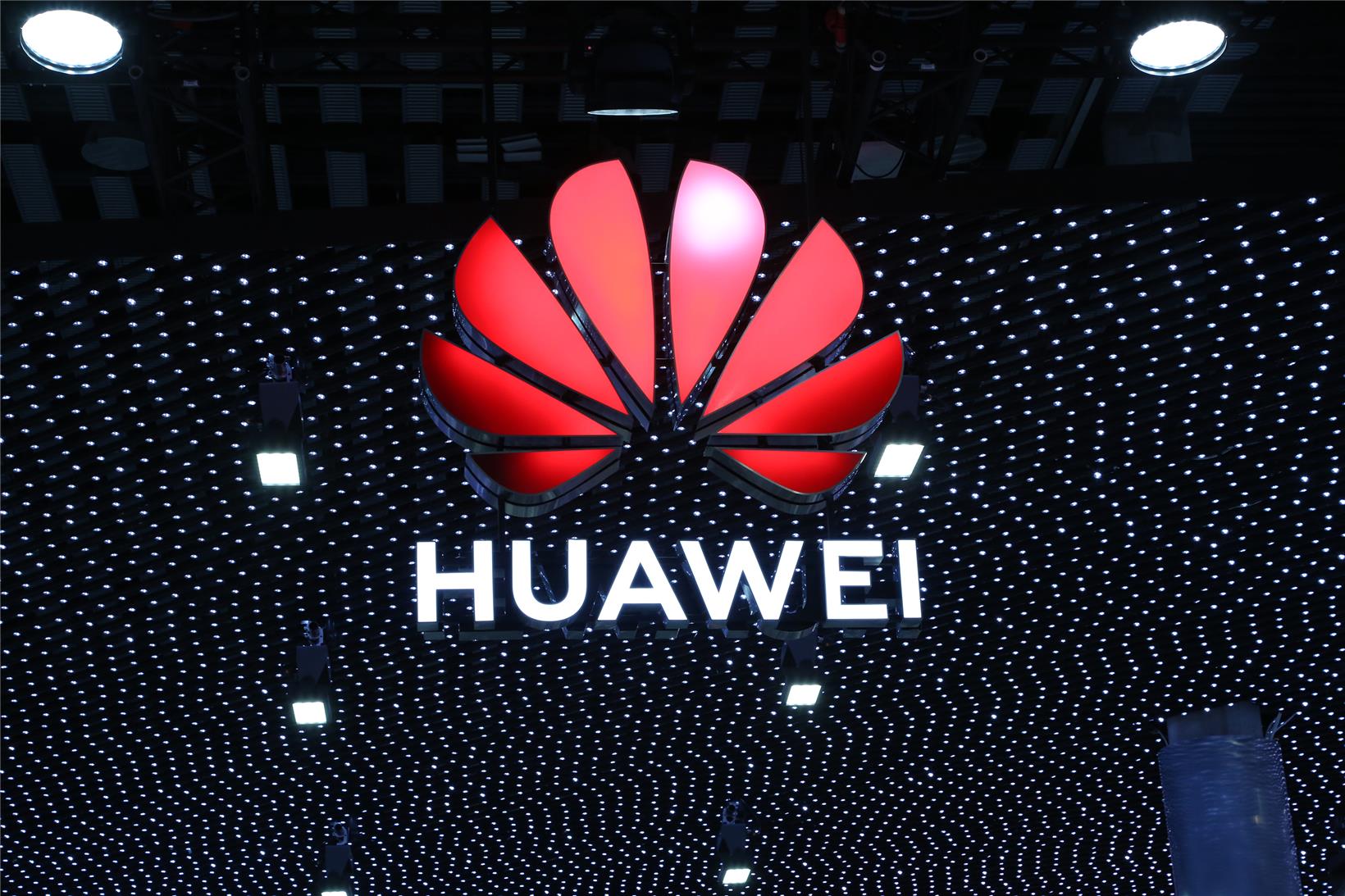Huawei patents in-vehicle anti-nausea system based on visual compensation images
Beijing (ZXZC)- On September 26, the China National Intellectual Property Administration unveiled a patent titled "Method, Apparatus, and System for Anti-Nausea in Vehicles Based on Visual Compensation Images," filed by Huawei Technologies Co., Ltd.

Photo credit: Huawei
Motion sickness experienced by passengers in vehicles, particularly in the rear seats, often results from the inability to perceive the vehicle's motion due to the restricted view within the vehicle. The visual channels are blocked, preventing passengers from receiving effective feedback about the vehicle's movement relative to the ground. In contrast, the vestibular system in the inner ear can sense this motion. The disparity between visual and vestibular sensory inputs can lead to symptoms like dizziness, nausea, and reduced appetite.
Traditional solutions to motion sickness involve medication, which can have side effects, or the use of specialized anti-nausea glasses, which can be uncomfortable and affect the user experience.
Huawei's patented technology introduces a novel approach to alleviate motion sickness using visual compensation images, eliminating the need for passengers to wear specialized glasses.
The system generates real-time visual compensation images reflecting the vehicle's current motion relative to the road surface. These images include representations of the road and lane markings. The patent proposes displaying these visual compensation images on the vehicle's infotainment system screen, allowing passengers to see their motion relative to the ground. This effectively reduces or eliminates the conflict between visual and vestibular sensory inputs, providing a user-friendly solution that enhances the passenger experience without the need for specialized eyewear.

